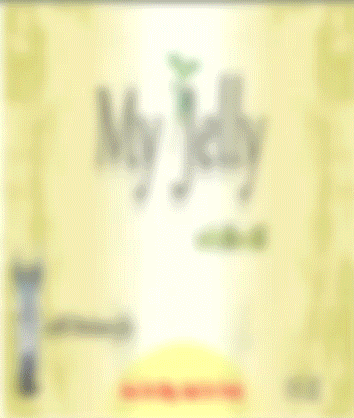The intersection of religion, science, and technology is increasingly becoming a focal point of modern society. The recent controversy surrounding the Shawwal crescent sighting for Eid-ul-Fitr 2025 highlights tensions between tradition and modern astronomical science. Saudi Arabia’s claim of sighting the crescent moon has been scientifically disputed by astronomers in the UK, who argue that due to a solar eclipse on the same day, the sighting was scientifically impossible.
This scenario underscores the evolving role that science and technology can play in modern religious practices.
Historically, many religious traditions have relied upon visual or auditory signals—such as sighting the moon, ringing church bells, or using loudspeakers for prayer calls—to inform worshippers about prayer times or religious celebrations.
Today, digital advancements offer enhanced accuracy and convenience. Apps and digital calendars now provide precise timings based on scientifically calculated astronomical events, removing ambiguity and promoting unity within communities.
For instance, mobile apps can reliably alert Muslims to prayer times and the beginning of religious months based on precise astronomical calculations, thus complementing traditional sighting methods.
Similarly, churches historically used bells to call congregations to prayer or service; for example, church bells traditionally ring at noon to remind believers of the Angelus prayer.
Additionally, in Eastern Orthodox Christianity, church bells ring to announce the start of Divine Liturgy, typically on Sunday mornings. In Judaism, a similar traditional call occurs with the blowing of the Shofar during Rosh Hashanah, signaling a time of reflection and prayer.
Today, these traditional signals are augmented or even replaced by notifications on mobile devices, serving the same purpose with greater convenience and reach, especially in multicultural and densely populated urban settings.
Balancing technological integration with respect for traditional religious practices and beliefs is crucial. Laws protecting religious freedom and privacy also come into play.
Technology must be implemented in ways that do not infringe on personal privacy or disrupt public harmony, particularly in multicultural societies where various religious practices coexist.
In conclusion, harmonizing tradition and technology through respectful integration—guided by both scientific accuracy and sensitivity to religious diversity—can help mitigate controversies and promote social cohesion in a modern, interconnected world.


